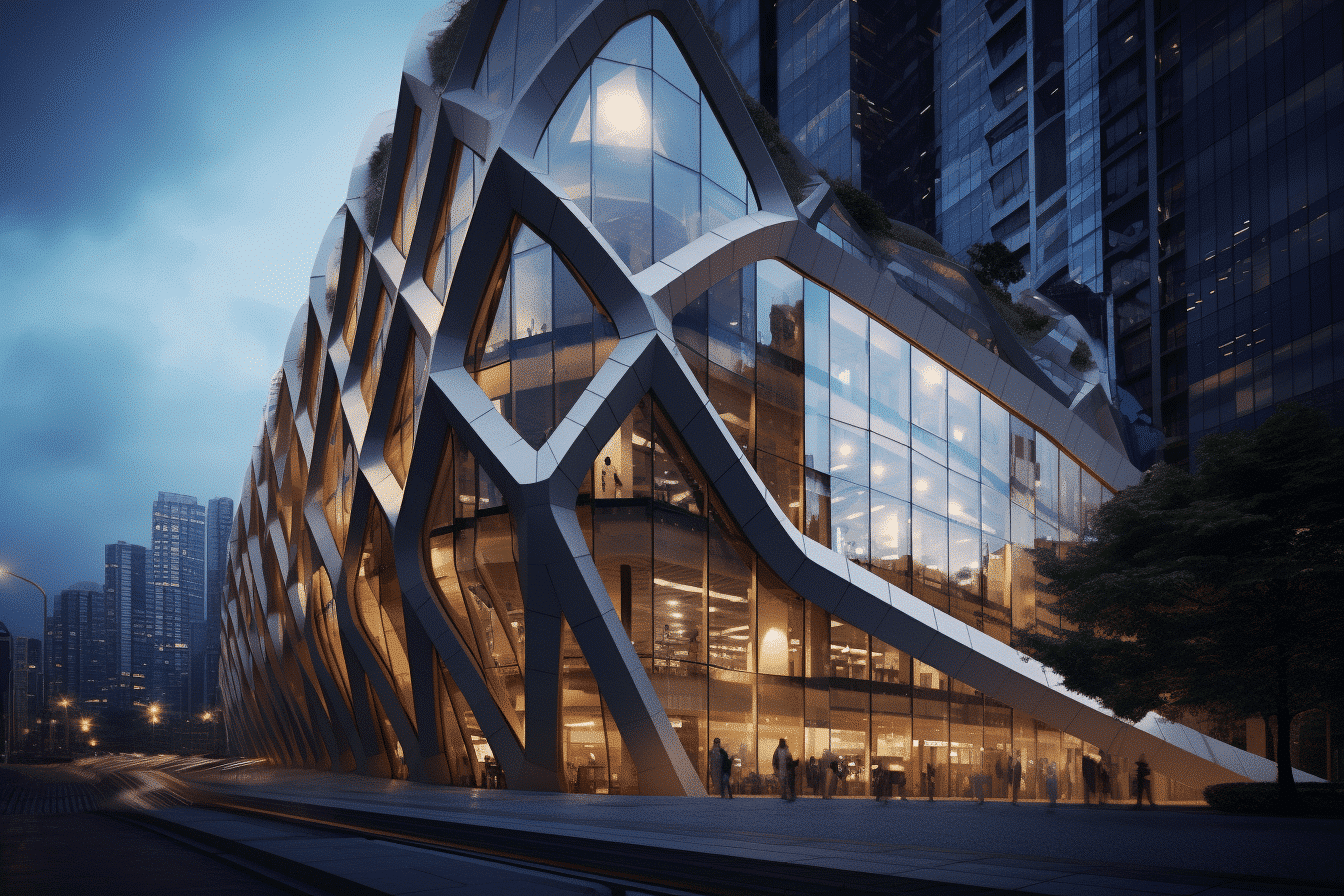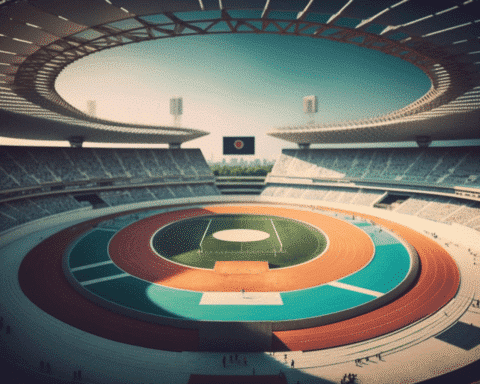Tokyo welcomes its latest architectural marvel — a gleaming skyscraper that stands tall in the heart of the city, marking a milestone in a grand “urban village” vision that took years to materialize.
This iconic structure, characterized by its smooth curved boundaries and a summit evoking flower petals, soars up to a height of 330 meters (1,083 feet) and comprises 64 floors. This feat makes it more elevated than the Abeno Harukas in Osaka, which at 300 meters (984 feet) now holds the title of the country’s second-tallest edifice.
Unveiled on Monday, this tower is a significant addition to the expansive Azabudai Hills development, which is gearing up for its public debut this fall. Mori Building Co., the developers, shared that the project that began in 2019 is in its final stages, with only some finishing touches remaining.
Envisioned as a versatile space, the building will house branded hotel accommodations, commercial offices, a leading university medical hub, diverse shopping outlets, eateries, and notably, central Tokyo’s most expansive international educational institution.
Spread over an expanse of approximately 8 hectares (or nearly 20 acres), the initiative intends to breathe new life into the entire locality. The comprehensive list of amenities includes a spa, gymnasiums, an art exhibition space, and a museum, creating a self-contained urban haven. As described by the developers, it’s akin to a “metropolis within the larger city.”
To streamline transportation within the vicinity, “new road networks have been established throughout the development,” the project’s website elaborates. This extensive project aims to cater to nearly 20,000 professionals and house 3,500 inhabitants, while also anticipating 25-35 million annual visitors.
The eminent US architectural enterprise Pelli Clarke & Partners crafted the design for these towers, while Heatherwick Studio from the UK was responsible for one of the low-rise components of the development.
Drawing insights from an interaction with the architects, the designs of residential spaces reflect profound respect for traditional Japanese artisanship and the quintessential home layouts of the country.
Historically, Japan’s reputation shone in the domains of technological innovation and swift city expansion. However, its most towering skyscrapers were mainly constructed pre-2000. The global skyscraper race has since been dominated by other nations, with cities like New York, Taiwan, and Dubai boasting even taller structures than the Azabudai Hills Tower.
Nevertheless, Tokyo’s skyline is set to evolve further. The upcoming Torch Tower, inspired by the form of a torch and reaching 390 meters (about 1,280 feet), will cast a shadow over Azabudai Hills once it’s finalized in 2027.
This new addition is also expected to feature ample green spaces and open areas, aspiring to be the “preeminent city block” in Tokyo, as mentioned on its official website.
As Tokyo’s skyline continues to evolve, it’s evident that the city is blending its storied past with futuristic designs and sustainable urban planning. The newest skyscrapers not only redefine Japan’s architectural landscape but also underscore the country’s enduring commitment to fostering communities that echo tradition while embracing the new. Whether it’s the intricate homage to Japanese craftsmanship or the overarching green designs, Tokyo remains a beacon of architectural innovation and urban renewal on the global stage.




